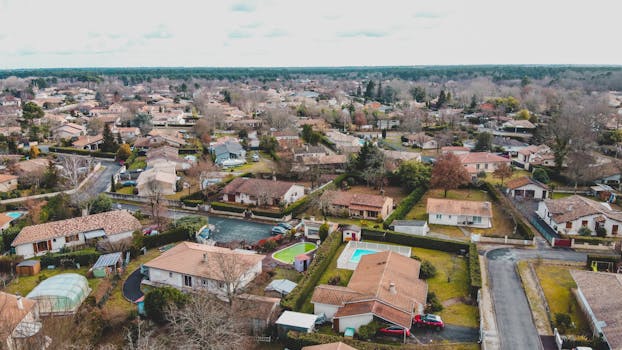
Urban Green Spaces: The Future of Outdoor Living in European Cities by 2025
Urban Green Spaces are becoming a vital component of European cities, providing numerous benefits for residents and the environment. As we approach 2025, it is essential to understand the significance of these spaces and how they will shape the future of outdoor living in cities.
Introduction to Urban Green Spaces
Urban green spaces refer to areas in cities that are specifically designed to provide a natural environment for residents to enjoy. These spaces can include parks, gardens, green roofs, and other areas with vegetation and trees. The primary purpose of urban green spaces is to provide a peaceful and healthy environment for residents, while also helping to mitigate the effects of urbanization, such as air pollution and climate change.
Benefits of Urban Green Spaces
Urban green spaces offer numerous benefits for residents and the environment. Some of the most significant advantages include:
- Improved air quality: Urban green spaces can help to reduce air pollution by absorbing pollutants and releasing oxygen.
- Climate regulation: Green spaces can help to regulate the urban microclimate, reducing the urban heat island effect and providing shade.
- Noise reduction: Urban green spaces can act as a buffer, reducing noise pollution and creating a more peaceful environment.
- Physical and mental health benefits: Spending time in nature has been shown to have numerous physical and mental health benefits, including reduced stress and improved mood.
- Biodiversity conservation: Urban green spaces can provide a habitat for wildlife, helping to conserve biodiversity and support ecosystem services.
Challenges and Opportunities for Urban Green Spaces
Despite the numerous benefits of urban green spaces, there are several challenges that cities face in creating and maintaining these areas. Some of the most significant challenges include:
- Lack of space: Many cities are densely populated, making it difficult to find space for urban green spaces.
- Funding: Creating and maintaining urban green spaces can be costly, requiring significant investment from cities.
- Climate change: Climate change is altering the natural environment, making it challenging to design and maintain urban green spaces that are resilient to these changes.
However, these challenges also present opportunities for innovation and creativity. Cities can use green infrastructure, such as green roofs and walls, to create urban green spaces in areas where traditional parks and gardens may not be feasible. Additionally, cities can engage with residents and stakeholders to design and maintain urban green spaces that meet the needs of the community.
Case Studies: Successful Urban Green Spaces in European Cities
Several European cities have successfully created and maintained urban green spaces, providing valuable lessons for other cities. Some examples include:
- Paris, France: The city’s Green Belt initiative has created a network of parks and gardens, providing a peaceful and healthy environment for residents.
- Copenhagen, Denmark: The city’s green roof initiative has created a network of green roofs, reducing stormwater runoff and providing insulation for buildings.
- Barcelona, Spain: The city’s Superblock program has created car-free zones, providing a safe and healthy environment for residents to walk and cycle.
Conclusion: The Future of Outdoor Living in European Cities
Urban green spaces will play a crucial role in shaping the future of outdoor living in European cities by 2025. As cities continue to grow and evolve, it is essential to prioritize the creation and maintenance of these spaces, providing numerous benefits for residents and the environment. By understanding the challenges and opportunities for urban green spaces, cities can design and maintain these areas to meet the needs of the community, creating a healthier, more sustainable, and more livable urban environment.






